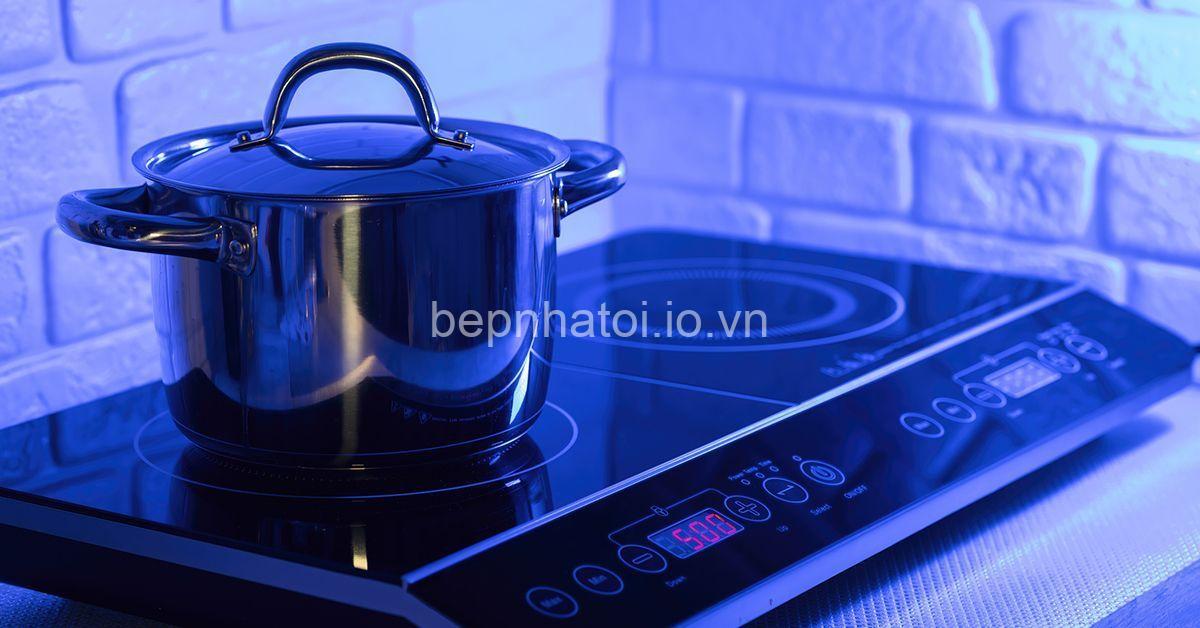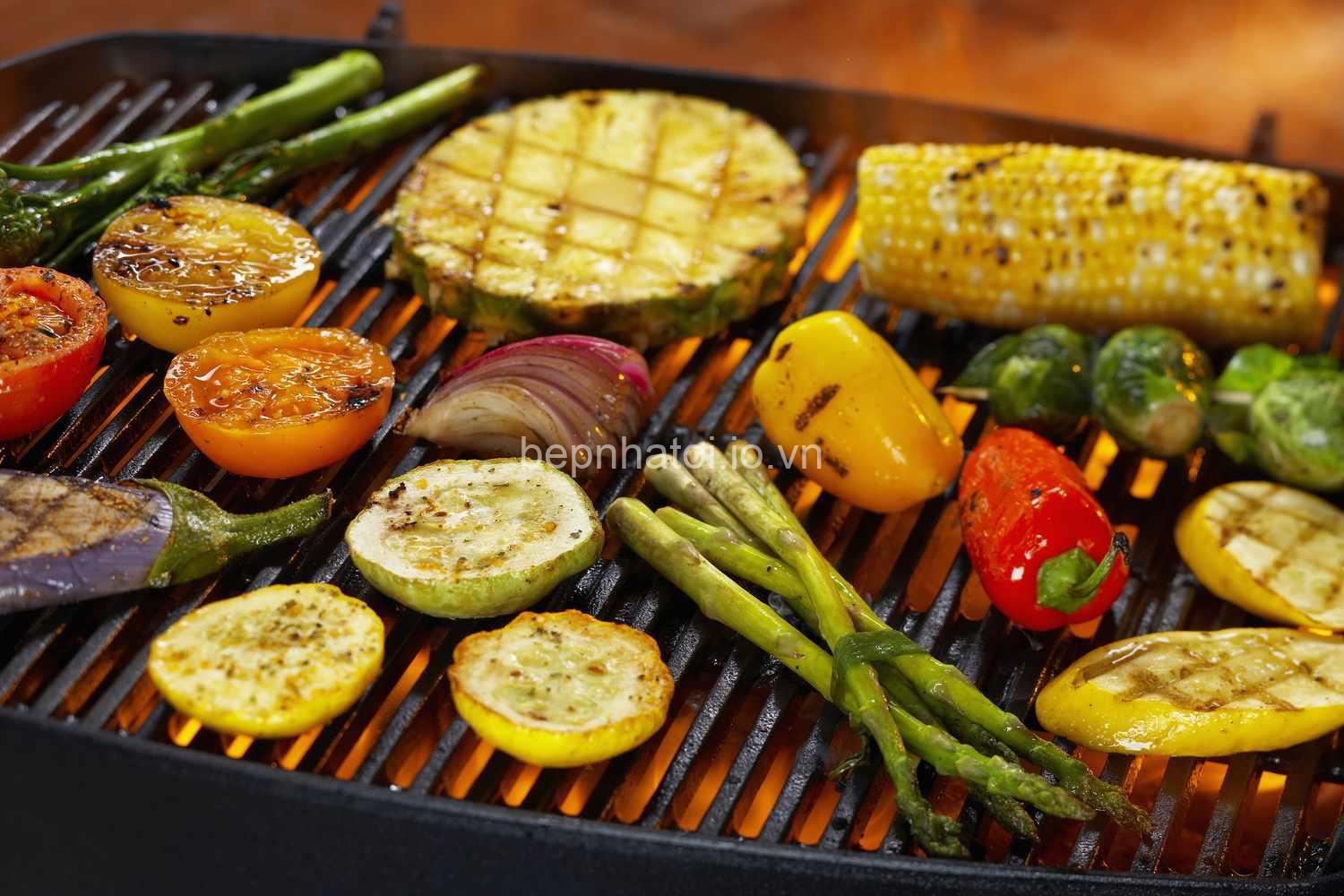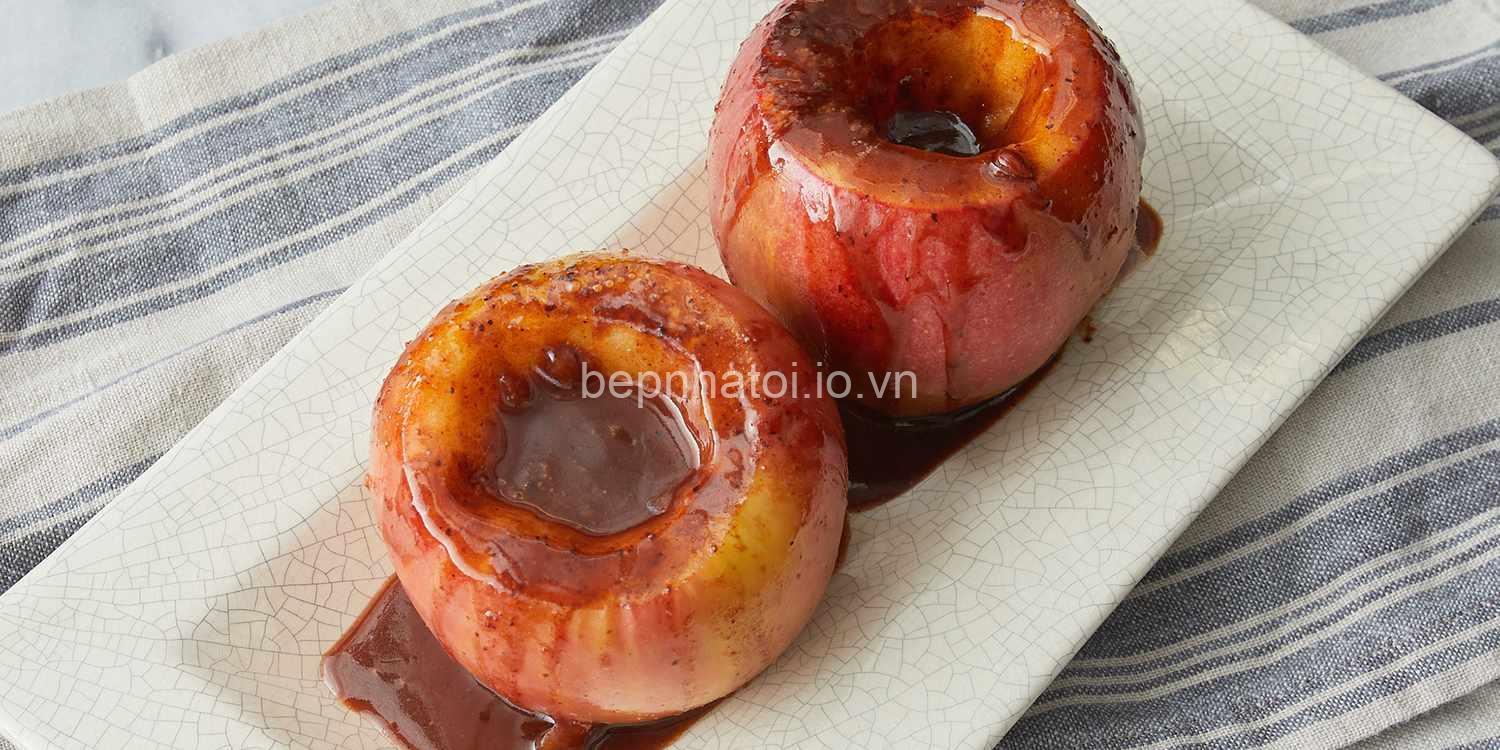
Best Cookware for Electric Stoves: Material Guide & Heat Transfer Tips. In today’s article, bepnhatoi.io.vn will explore with you in the most detailed and complete way. See now!
The Best Cookware Materials for Electric Stoves:
The first step to choosing the right cookware is understanding the materials available and how they perform on an electric stove.
Aluminum is a popular choice due to its affordability, lightweight nature, and quick heating capabilities. However, it can warp over time and react with acidic foods. Aluminum is perfect for everyday cooking and quick meals.
Stainless steel is known for its durability and even heat distribution. It is non-reactive, making it a great option for slow-cooking, roasting, and preparing sauces. The downside? It can take longer to heat up than aluminum.
Cast iron is a heavy-duty material with excellent heat retention. Its seasoned surface provides a non-stick cooking surface that’s perfect for searing, braising, and baking. However, cast iron requires proper seasoning and care to prevent rust.
Copper is a luxury material with exceptional heat conductivity, making it a favorite among professional chefs. It heats up quickly and evenly, making it ideal for high-end cooking, sauces, and poaching. However, copper is expensive and requires meticulous cleaning to maintain its shine.
Ceramic and non-stick cookware is a popular choice for everyday cooking, frying, and eggs. These materials are easy to clean and prevent food from sticking. While they are generally more affordable than other options, they may not be as durable and have limited heat tolerance.

Understanding Heat Transfer on Electric Stoves:
Electric stoves rely on radiant heat transfer. A heating element beneath the cooking surface generates heat that radiates up, warming the cookware. This method of heat transfer creates a more even cooking surface compared to gas stoves, where heat is focused directly on the cookware.
The heat distribution on an electric stove can vary depending on the cookware you choose. Materials like aluminum and copper have high heat conductivity, meaning they transfer heat quickly and evenly. This makes them ideal for cooking on electric stoves, as they can effectively distribute the heat from the heating element.
Cookware materials play a significant role in how effectively heat is absorbed and transferred. A thicker base on cookware helps distribute heat evenly, preventing hot spots and ensuring consistent cooking. Furthermore, a flat base ensures proper contact with the heating element for optimal heat transfer.
Choosing the Right Cookware for Your Needs:
When choosing cookware for your electric stove, consider your cooking habits and preferences.
For everyday cooking, you can choose affordable options like aluminum or ceramic non-stick cookware. These materials are durable and easy to clean, perfect for preparing meals for your family.
For specialty cooking techniques, consider materials like stainless steel and cast iron. These materials are ideal for slow-cooking, roasting, searing, and braising, providing consistent and flavorful results.
If you have special dietary needs, opt for non-reactive materials like stainless steel or ceramic cookware. These materials are less likely to react with acidic foods, preventing unwanted flavors or reactions.
Essential Considerations for Electric Stove Cookware:
Base thickness and material directly impact heat distribution and warping. Opt for cookware with a thick base and a flat, even surface to ensure proper contact with the heating element.
Handle type and material are crucial for safe and comfortable handling. Look for cookware with heat-resistant handles that stay cool even during prolonged cooking.
Overall quality and durability are important factors to consider. Invest in quality cookware made from robust materials that will withstand the test of time. Look for cookware with seamless construction and sturdy handles to ensure longevity.
Electric Stoves vs. Other Stove Types:
While electric stoves are gaining popularity, it’s also important to consider other stove types like induction stoves and gas stoves.
Induction stoves rely on electromagnetic energy to heat cookware directly, making them more energy-efficient. However, only cookware made from ferromagnetic materials like cast iron or stainless steel can be used on induction stoves.
Gas stoves use an open flame to heat cookware, offering greater control over the heat level. However, gas stoves can require more attention and may not offer as even heat distribution as electric stoves.
Additional Tips for Using Cookware on Electric Stoves:
Choosing the right size is essential for effective heat transfer. Use cookware that’s the appropriate size for the burner you’re using to ensure even heating and prevent uneven cooking.
Preheat time is crucial for achieving optimal results on electric stoves. Allow the burner to preheat before adding your cookware to ensure even heat distribution and proper cooking temperatures.
Maintaining your cookware is crucial for extending its lifespan. Follow the manufacturer’s instructions for cleaning and care, and avoid using harsh abrasive cleaners.
Conclusion:
Choosing the right cookware for your electric stove is crucial for achieving delicious meals and extending the lifespan of your cookware. Remember to consider the material, base thickness, handle type, and overall quality. By following these guidelines, you can enjoy a rewarding cooking experience.
If you have any questions about choosing the right cookware for your electric stove, please leave a comment below. Don’t forget to share this information with your friends and family and check out bepnhatoi.io.vn for more helpful articles on caring for your pets.
FAQs about What types of Cookware are Best for Electric Stoves?
- What type of cookware is best for electric stoves?
- Any cookware with a flat, even base is suitable for electric stoves. Look for materials like aluminum, stainless steel, cast iron, copper, ceramic, or non-stick.
- How do I know if my cookware is compatible with an electric stove?
- Check the base of your cookware. It should be flat and even to ensure proper contact with the heating element.
- What are the advantages of using aluminum cookware on an electric stove?
- Aluminum cookware is lightweight, affordable, and heats up quickly. However, it can warp over time and react with acidic foods.
- What are the disadvantages of using cast iron cookware on an electric stove?
- Cast iron cookware is heavy and requires seasoning to prevent rust. However, it provides excellent heat retention and a non-stick cooking surface.
- Is it safe to use non-stick cookware on an electric stove?
- Yes, non-stick cookware can be used on an electric stove. However, be cautious about exceeding the manufacturer’s recommended heat tolerance, as it can damage the coating.
Entity – Attribute – Value (EAV)
- Cookware | Material | Aluminum
- Cookware | Material | Stainless steel
- Cookware | Material | Cast iron
- Cookware | Material | Copper
- Cookware | Material | Ceramic
- Cookware | Material | Non-stick
- Cookware | Heat transfer | Good
- Cookware | Heat transfer | Poor
- Cookware | Durability | High
- Cookware | Durability | Low
- Cookware | Price | Expensive
- Cookware | Price | Affordable
- Cookware | Cleaning | Easy
- Cookware | Cleaning | Difficult
- Cookware | Reactivity | High
- Cookware | Reactivity | Low
- Cookware | Cooking style | Everyday
- Cookware | Cooking style | Specialty
- Cookware | Brand | Le Creuset
- Cookware | Brand | All-Clad
Entity, Relation, Entity (ERE)
- Cookware | Made of | Material
- Cookware | Used for | Cooking techniques
- Cookware | Has | Durability
- Cookware | Has | Price
- Cookware | Requires | Cleaning
- Cookware | Has | Reactivity
- Cookware | Made by | Brand
- Electric stove | Uses | Radiant heat
- Electric stove | Requires | Cookware
- Electric stove | Offers | Even heating
- Electric stove | Offers | Slow heating
- Electric stove | Offers | Fast heating
- Aluminum | Has | Good heat transfer
- Stainless steel | Has | Even heat distribution
- Cast iron | Has | High heat retention
- Copper | Has | Excellent heat conductivity
- Ceramic | Has | Non-stick surface
- Non-stick | Has | Easy cleaning
- Cooking techniques | Requires | Specific cookware
- Brand | Offers | Quality cookware
Semantic Triple (Subject, Predicate, Object)
- Cookware | is made of | Material
- Cookware | is used for | Cooking techniques
- Cookware | has | Durability
- Cookware | has | Price
- Cookware | requires | Cleaning
- Cookware | has | Reactivity
- Cookware | is made by | Brand
- Electric stove | uses | Radiant heat
- Electric stove | requires | Cookware
- Electric stove | offers | Even heating
- Electric stove | offers | Slow heating
- Electric stove | offers | Fast heating
- Aluminum | has | Good heat transfer
- Stainless steel | has | Even heat distribution
- Cast iron | has | High heat retention
- Copper | has | Excellent heat conductivity
- Ceramic | has | Non-stick surface
- Non-stick | has | Easy cleaning
- Cooking techniques | requires | Specific cookware
- Brand | offers | Quality cookware
Author: Susan Grace Rodriguez
Website: bepnhatoi.io.vn





